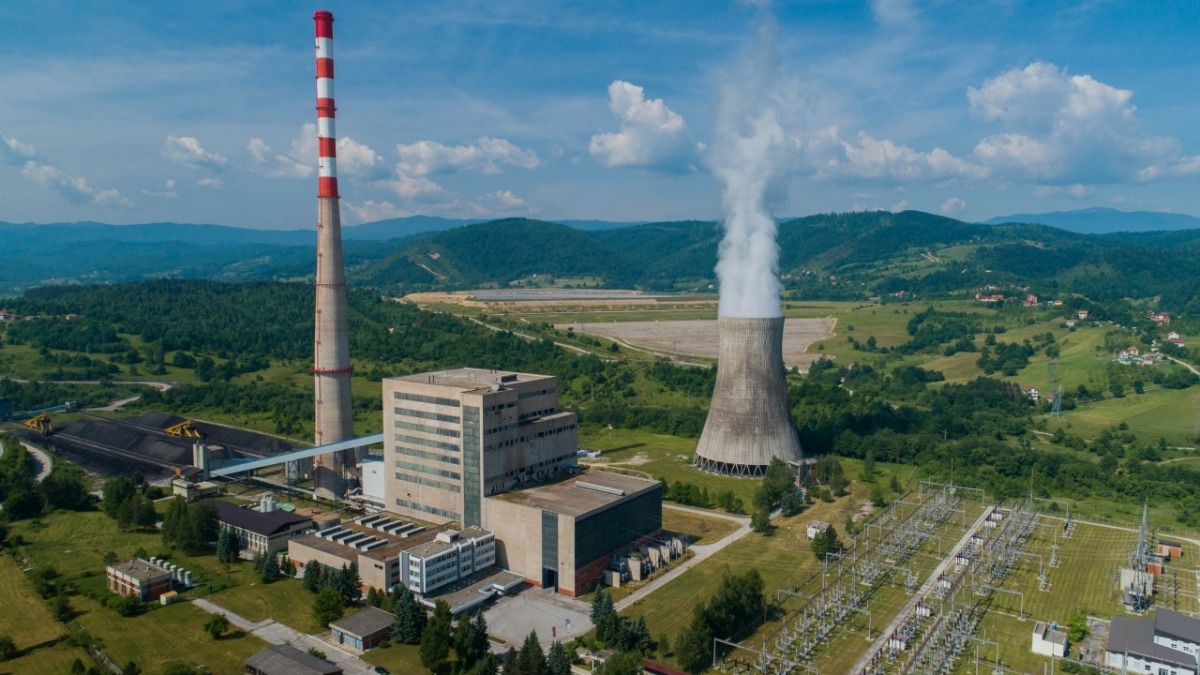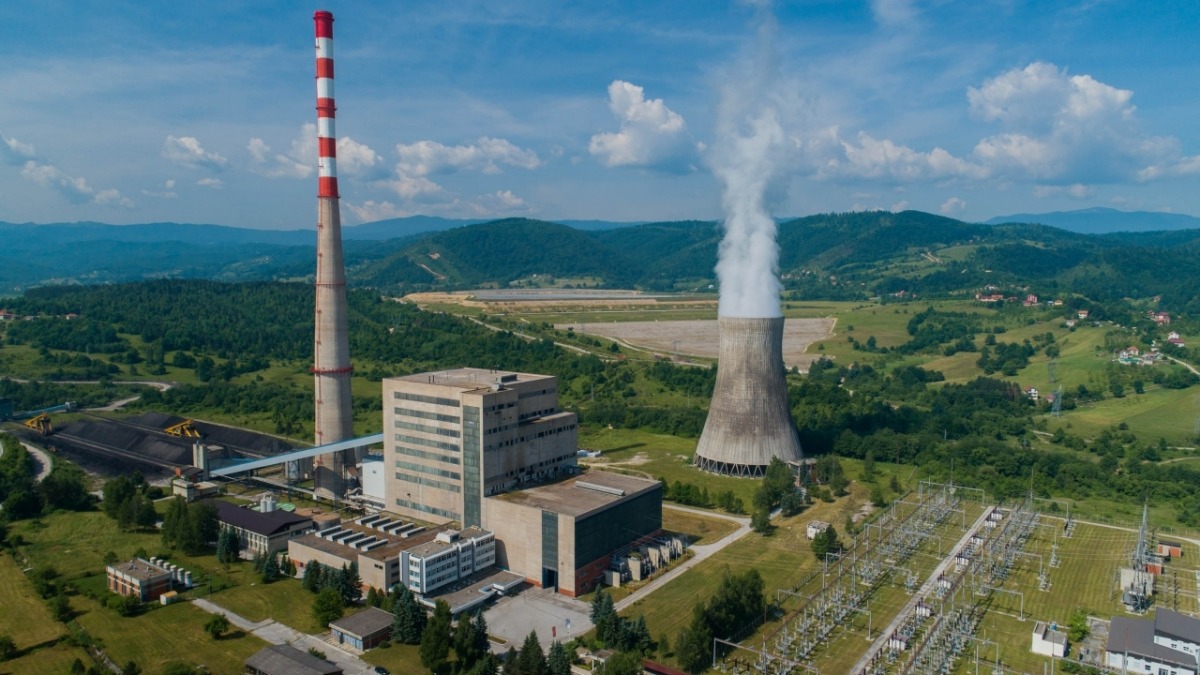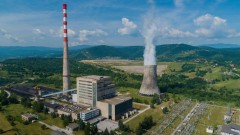Ecological Reconstruction of Pljevlja Thermal Power Plant: Savior or Expensive Experiment?
Is the Pljevlja thermal power plant on its way to becoming an ecological hero or just another expensive project that will cost us millions? The ecological reconstruction works, which started on April 1st, are reportedly progressing according to plan. The final deadline for reconnecting the unit to Montenegro’s power system is November 15th. But is that enough to save our lungs and the environment?
What exactly is being done?
The works include installing desulfurization systems, denitrification, ash and slag transport, boiler adaptation, and the tall chimney. All this aims to enable more reliable operation of the unit and reduce harmful emissions. In parallel, equipment for the city’s district heating is being installed, meaning Pljevlja will get district heating with new boilers of 2×16 MW and heat exchangers of 2×22 MW.
How much does it cost and what do we get?
The project is worth around 70 million euros! That’s how much money is being invested to extend the power plant’s lifespan and supposedly protect the environment. Montenegro’s Electric Power Industry is satisfied with the pace of work, and Veselin Sekulić, the main manager of the district heating project, says that work on the boiler house and heat exchanger station is in full swing.
But is this really an ecological project?
Reducing harmful gas emissions is certainly welcome, but can the Pljevlja power plant become environmentally friendly? Many ask this question. Thermal power plants are notorious polluters, and even with these upgrades, it remains questionable how much the harmful impact on the environment will actually decrease.
District heating – a savior or an extra cost?
District heating is presented as a key ecological project for Pljevlja’s residents. However, will citizens really benefit from this system? Who will bear the maintenance costs, and how will it affect their heating bills? These questions remain unclear.
Deadlines and reality
The plan is to finish the works by November 15th, when the unit will be reconnected to Montenegro’s power system. But will everything go as planned? Projects of this scale often face delays and cost overruns. Will this project be an exception or just another one that will cost us more than planned?
Conclusion
The ecological reconstruction of the Pljevlja thermal power plant is a large and expensive project promising pollution reduction and district heating. But is it enough? Will Pljevlja really become cleaner and healthier, or will we just throw 70 million euros at half-measures? While we wait to see the results, feel free to drop a comment – do you believe in this project or think it’s just another big story with no real effect?
After all, who doesn’t love paying heating bills and breathing cleaner air? Share your thoughts, maybe together we’ll uncover what’s really going on behind the scenes of this ecological spectacle!












